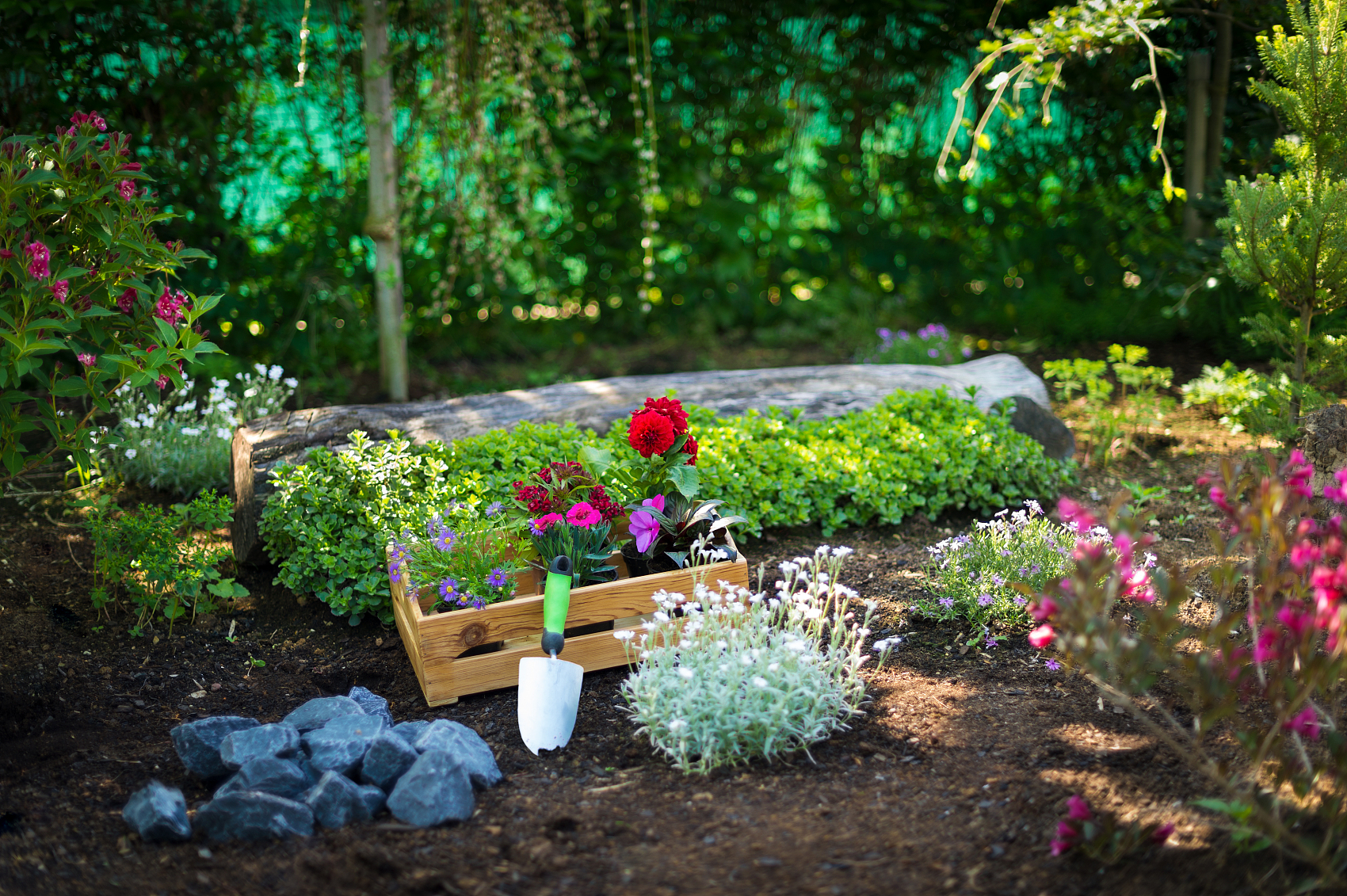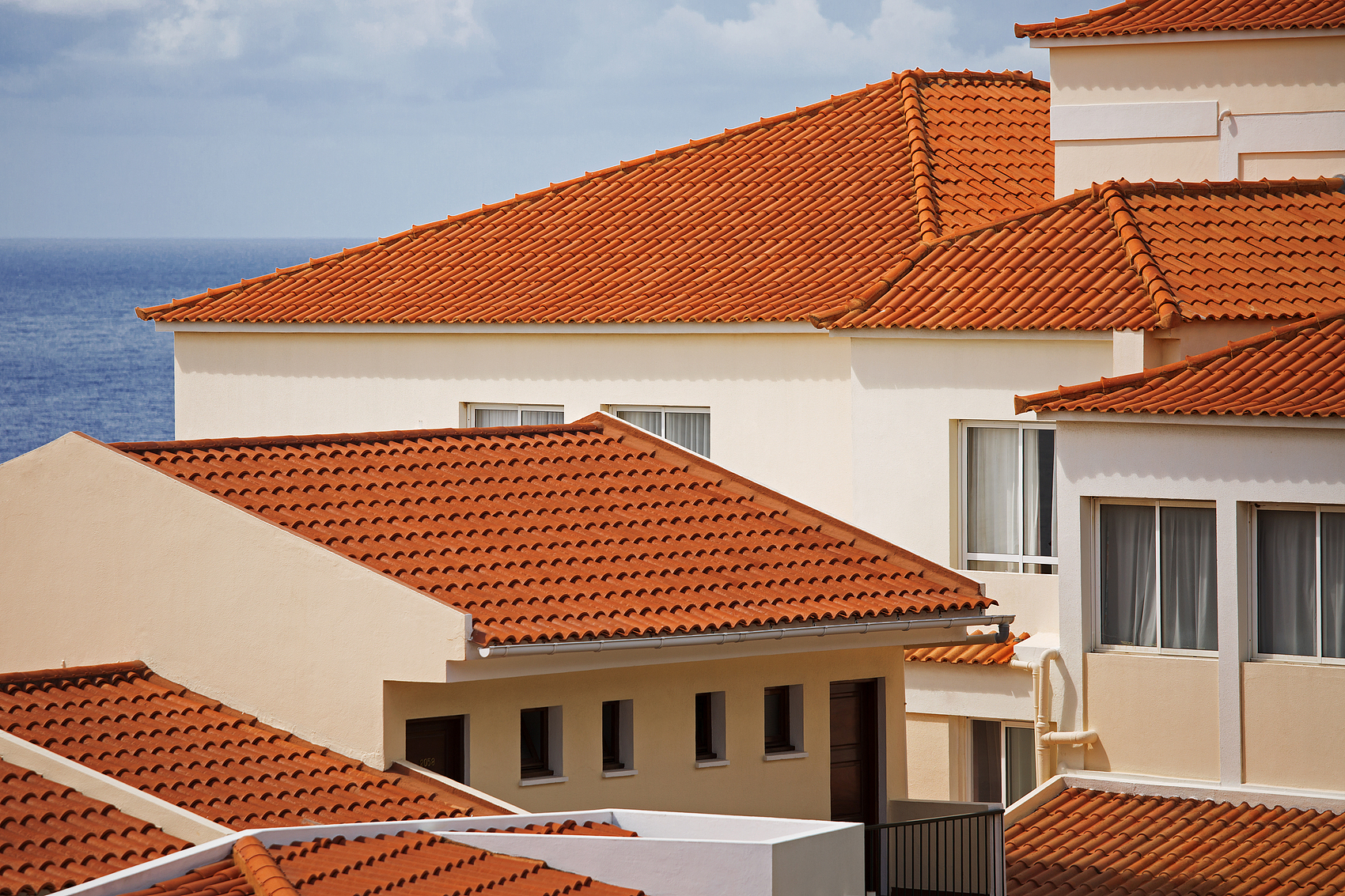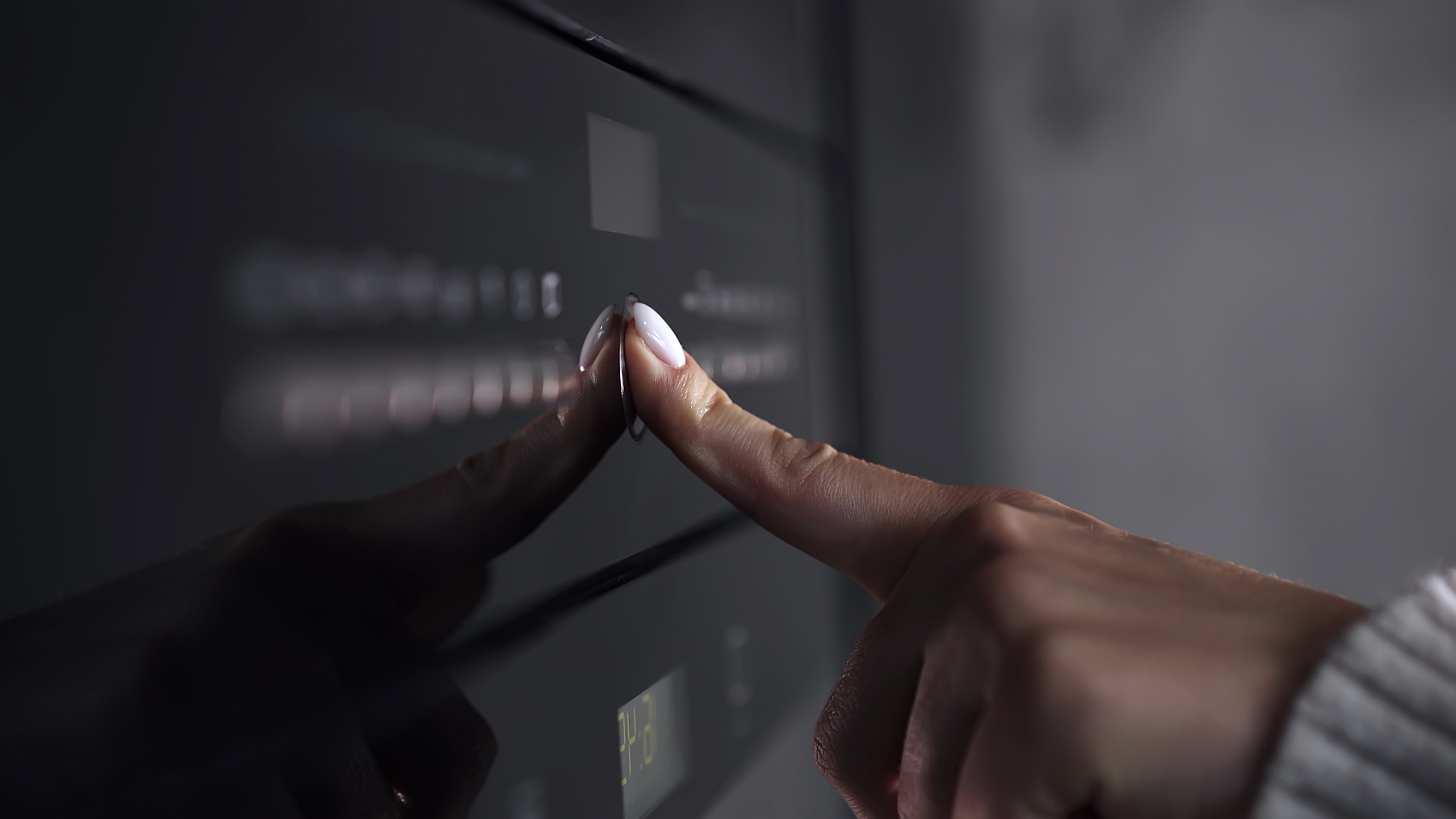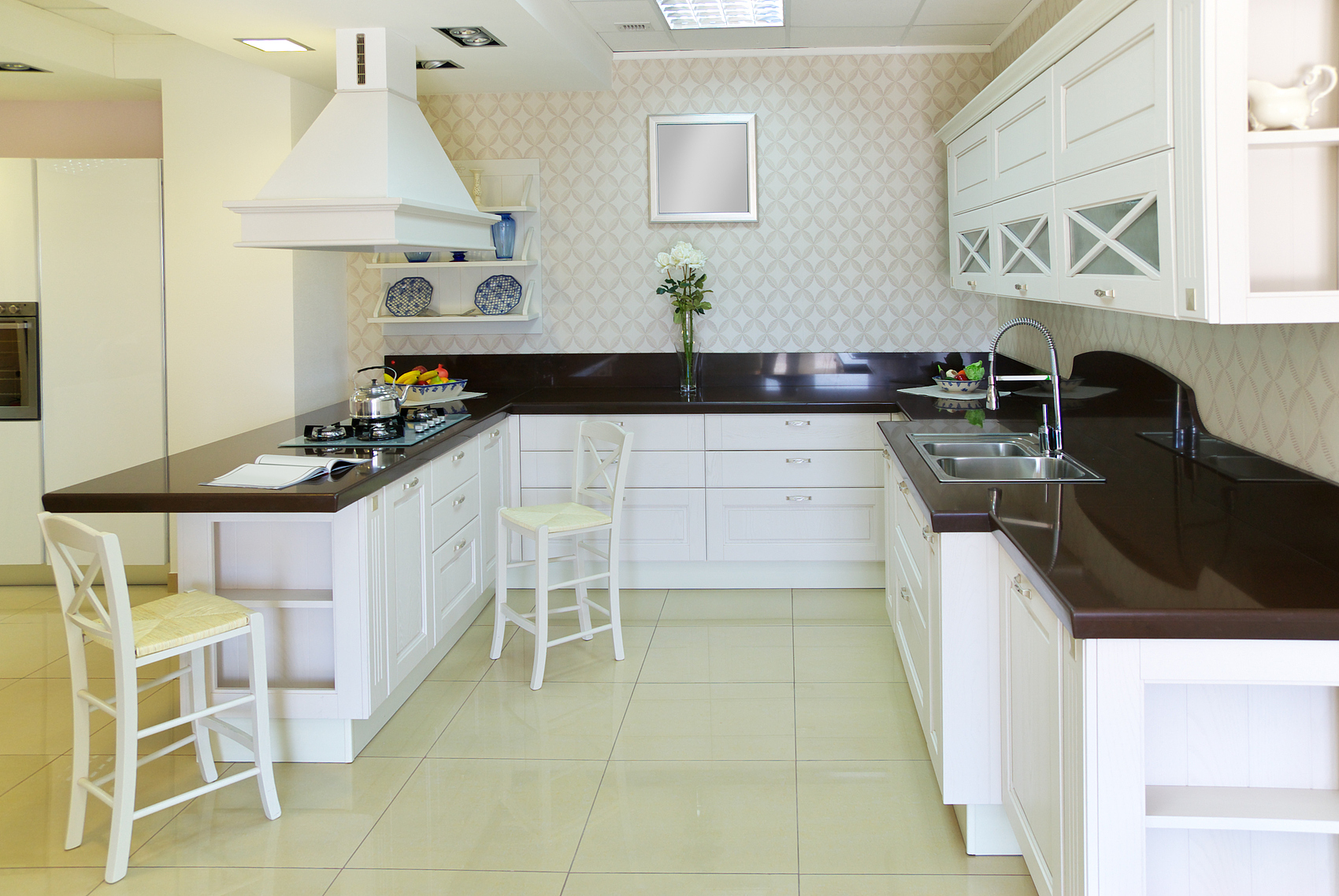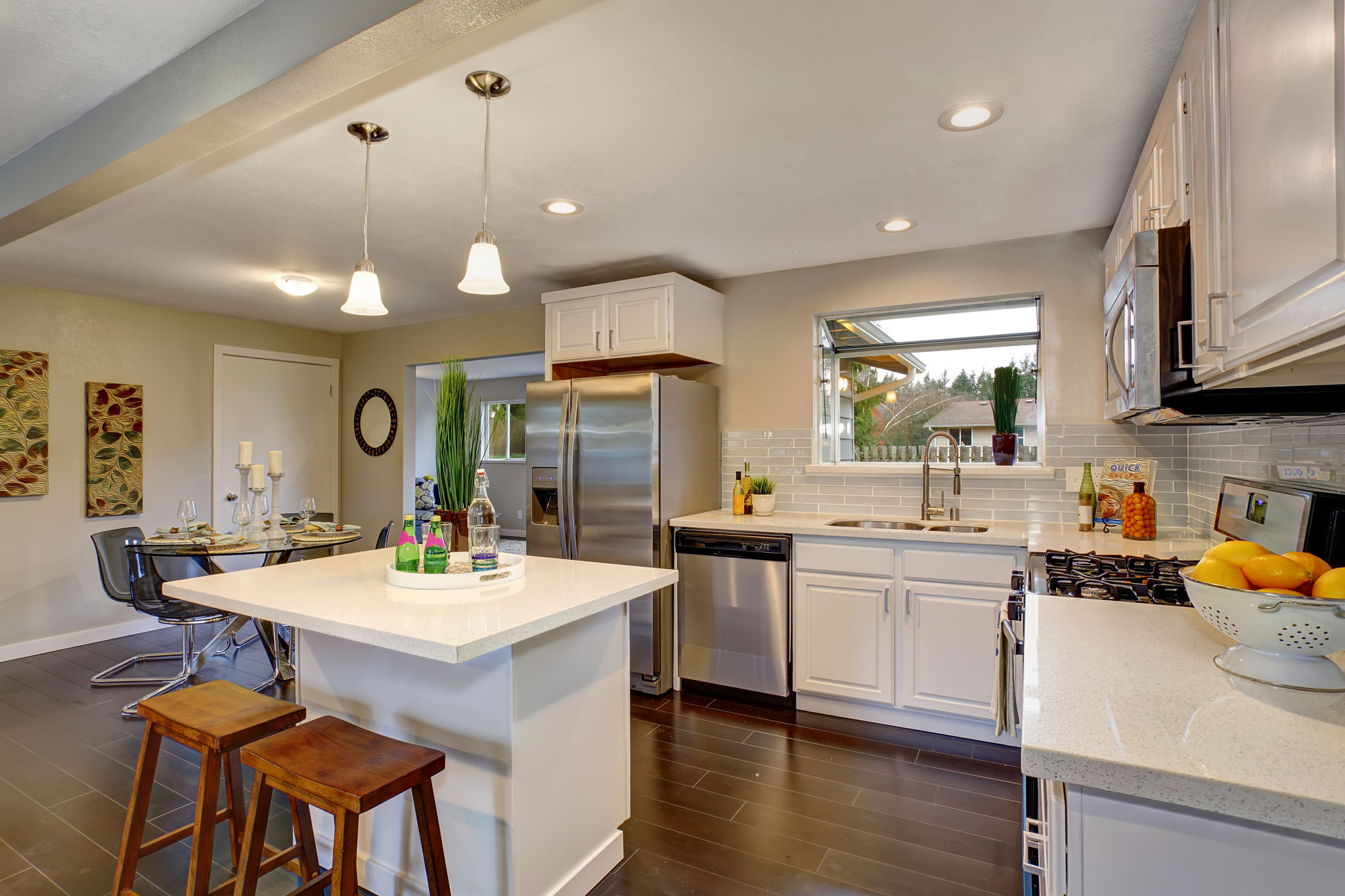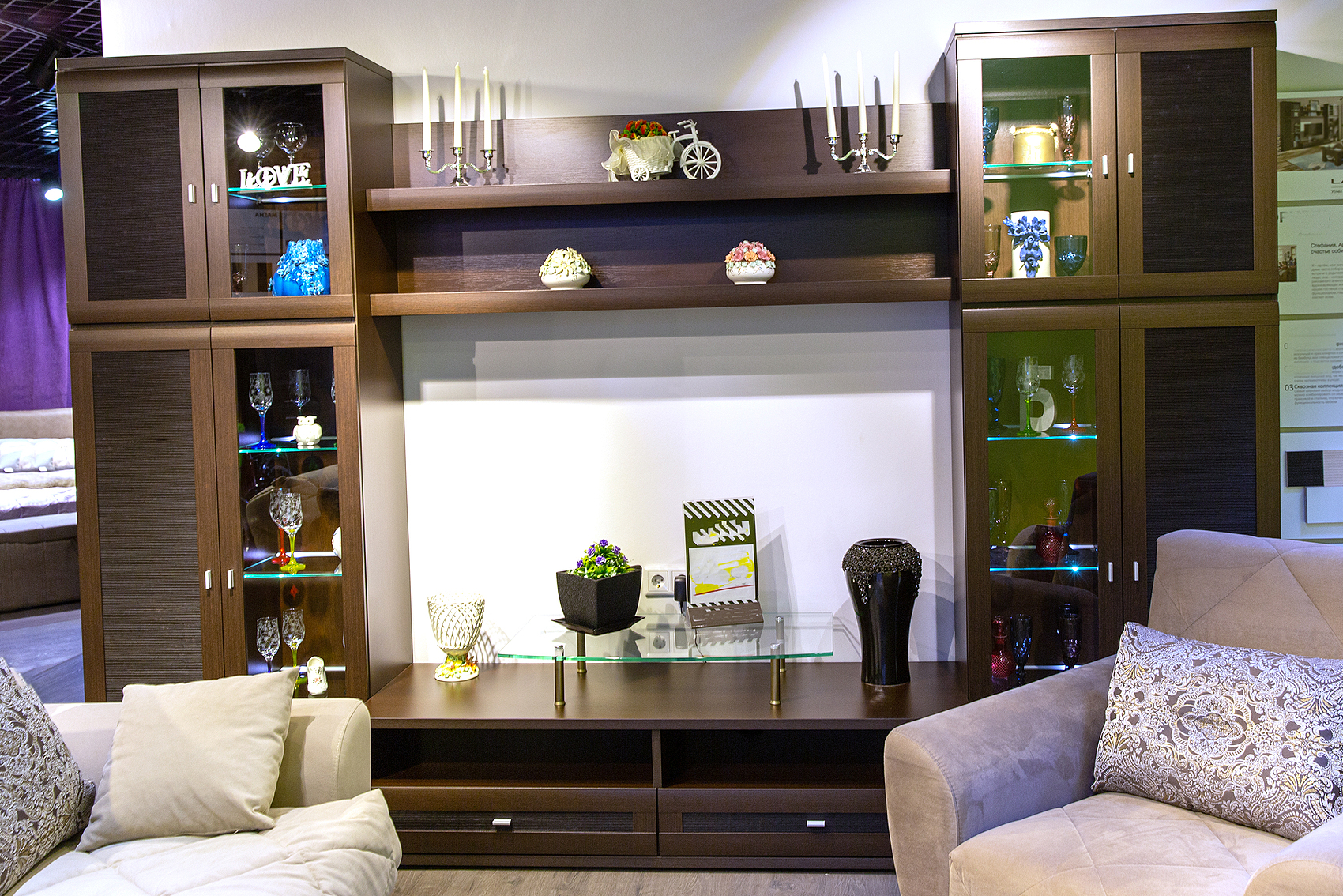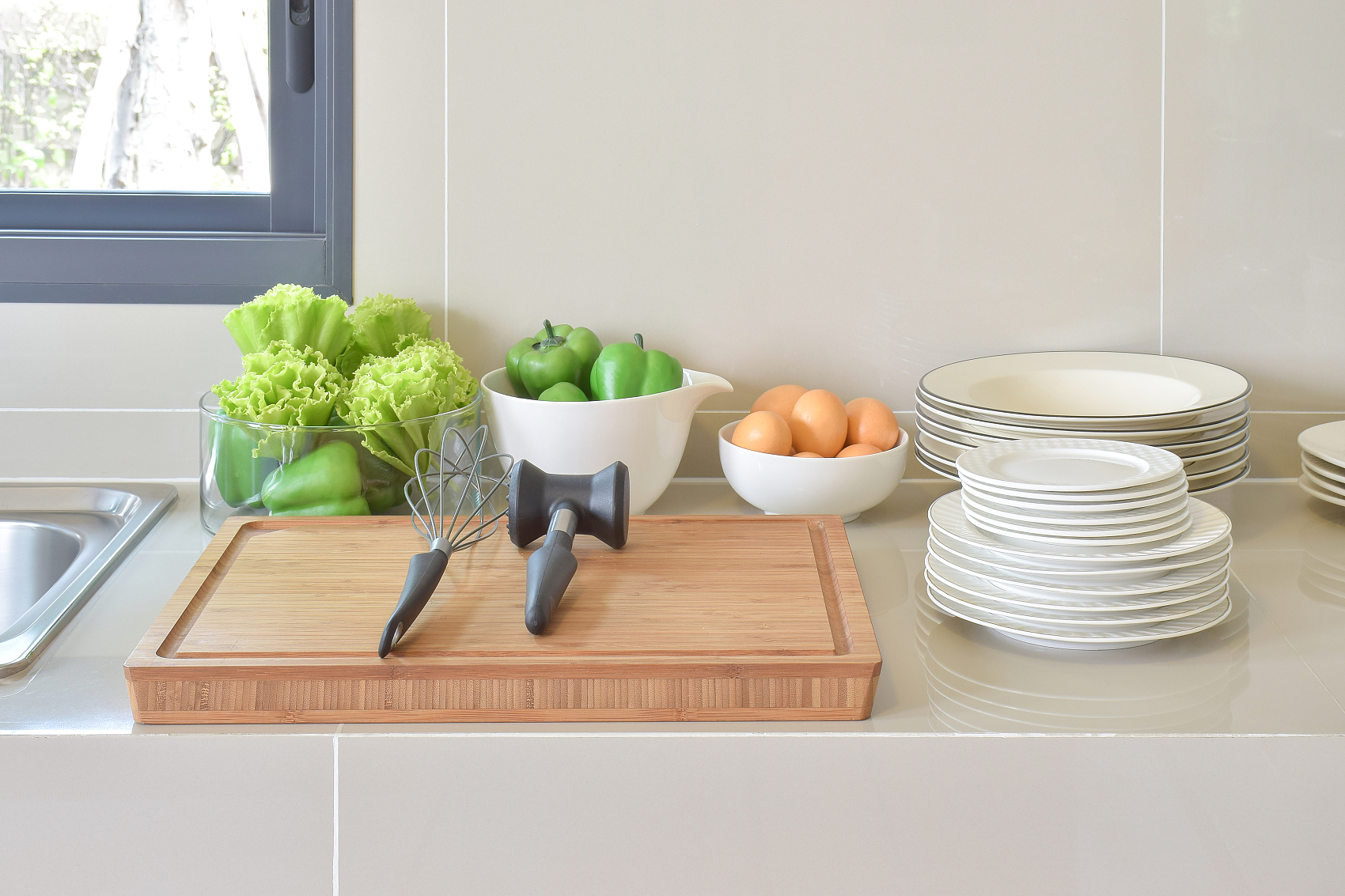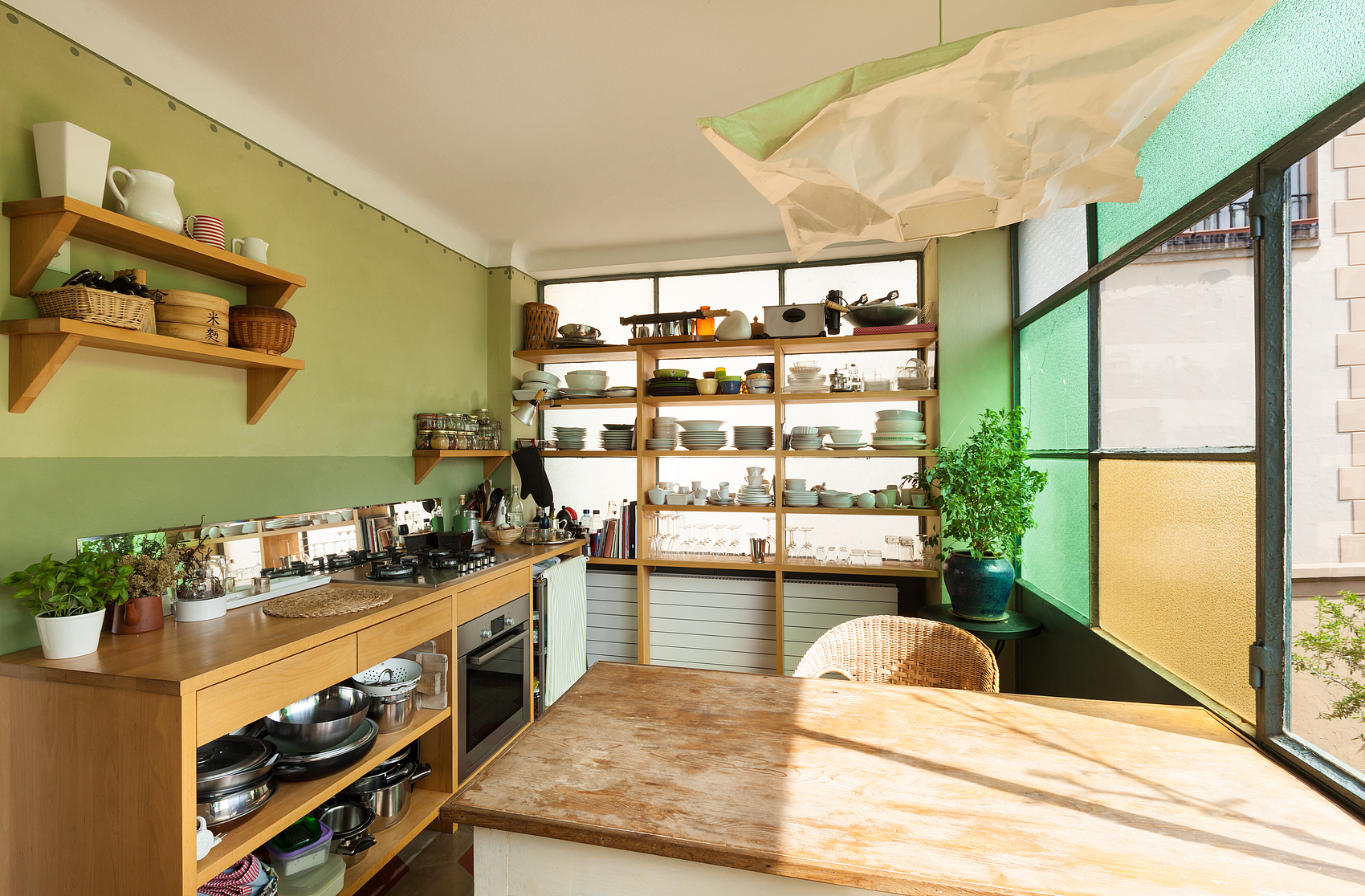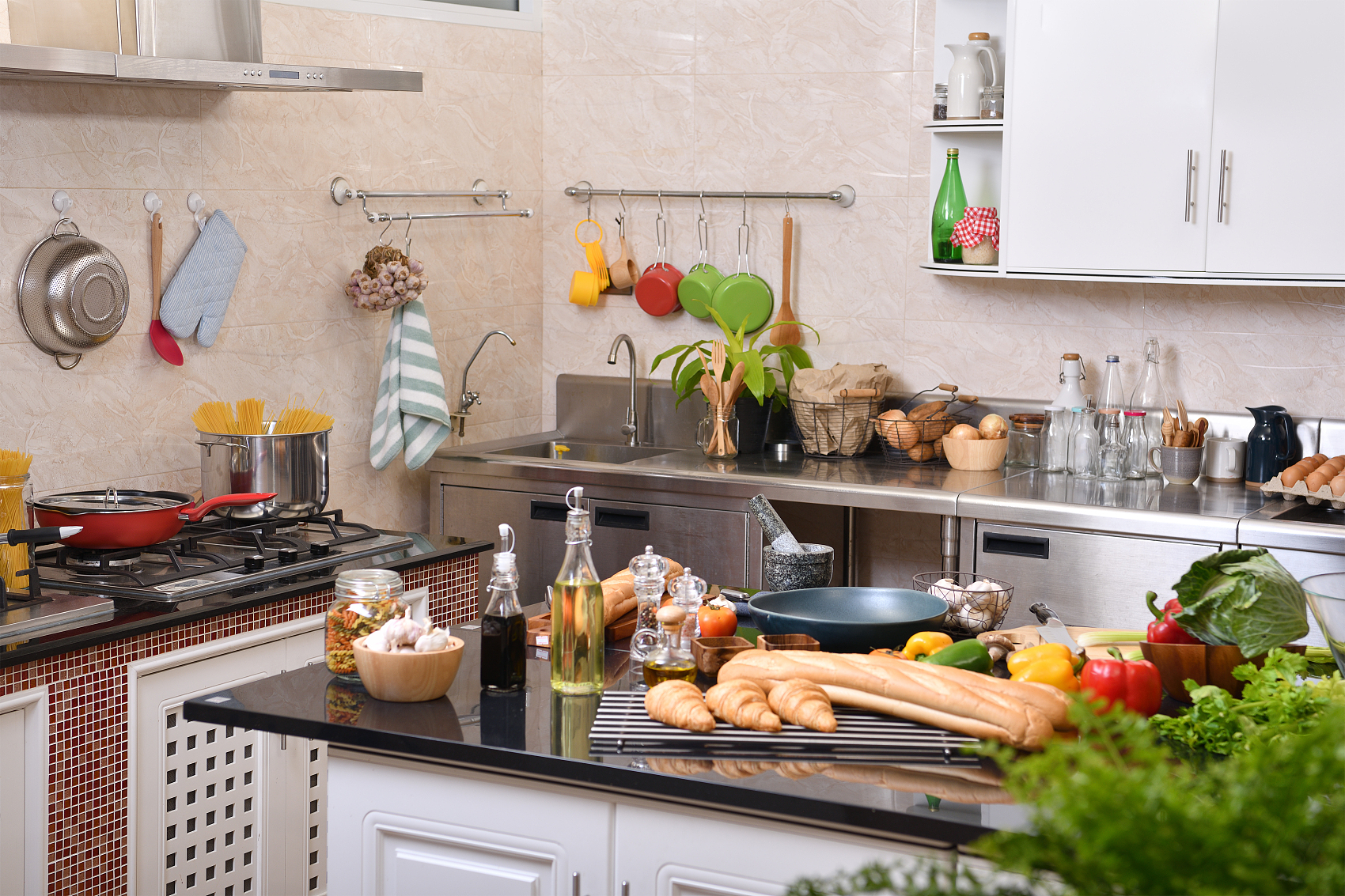Concrete is a popular choice in construction due to its durability, strength, and versatility. However, outdoor concrete surfaces can develop a greenish tint over time, usually caused by algae, moss, or mildew, especially in damp or shaded areas. Thankfully, there are effective ways to prevent and treat this problem.
Here are several tips recommended by experts to keep your concrete clean and free from green growth:
Ensure Proper Drainage
Excess moisture is a key factor behind green discoloration on concrete. When water pools on the surface, it creates a damp environment where algae, moss, or mildew can thrive. Proper drainage helps prevent this.
- Install gutters, downspouts, or other drainage systems to direct water away from concrete surfaces.
- Make sure concrete is sloped so rainwater flows off, avoiding puddles.
Regular Cleaning and Maintenance
Routine cleaning is essential to prevent the buildup of dirt, leaves, and moisture, which encourage green growth.
- Sweep surfaces regularly to remove debris that traps moisture.
- Use a pressure washer occasionally to clean away dirt, algae, and mold before they become serious issues.
- For deeper cleaning, mix water with mild detergent or vinegar, and scrub the surface with a stiff brush.
Use Algaecides or Moss Killers
To proactively stop algae, moss, and mildew from growing, consider using algaecides or moss killers. These products are specially designed to kill and prevent green growth.
- After cleaning the surface, apply an algaecide for long-lasting protection. Some products can prevent regrowth for up to a year.
- Use a sprayer or roller to evenly apply the treatment.

Enhance Sunlight Exposure
Algae and moss thrive in damp, shaded areas. Increasing sunlight exposure on concrete surfaces can help prevent green discoloration.
- Trim back trees and shrubs that block sunlight from reaching the concrete.
- Move outdoor furniture or structures that cast shadows on concrete areas.
Seal the Concrete Surface
Applying a water-repellent sealer is another effective way to protect your concrete. A good sealer prevents moisture from seeping into the concrete’s porous surface, reducing the chance of algae and moss forming.
- Choose a high-quality, breathable sealer designed for outdoor concrete. This allows moisture to escape while keeping water out.
- Reapply the sealer every few years to maintain its effectiveness.
Use Preventive Coatings
In addition to sealers, there are specialized coatings that inhibit algae and mildew growth, especially in areas that are always damp or shaded.
- Look for coatings with anti-fungal and anti-algae agents. These clear coatings are applied similarly to sealers but offer longer-lasting protection.
- Some coatings are more permanent and may not need frequent reapplication.
Control Humidity and Airflow
In semi-enclosed areas like patios or garages, improving airflow and reducing humidity can prevent moisture buildup, which leads to green growth.
- Install fans or increase airflow in humid spaces.
- Ensure proper ventilation in basements with concrete floors.

Avoid Over-Watering Plants Near Concrete
If your concrete is near garden beds or lawns, over-watering can cause moisture to seep into the concrete, encouraging algae and moss growth.
- Water plants efficiently and avoid splashing water onto concrete surfaces.
- Consider using drip irrigation systems to minimize water contact with concrete.
Conclusion
Preventing green discoloration on concrete involves regular maintenance, controlling moisture, and applying protective treatments. By addressing moisture buildup, keeping surfaces clean, and using preventive measures, you can maintain clean, attractive concrete for years to come. With these practical tips, homeowners and property managers can ensure their concrete stays in top shape and free from unsightly green growth.


